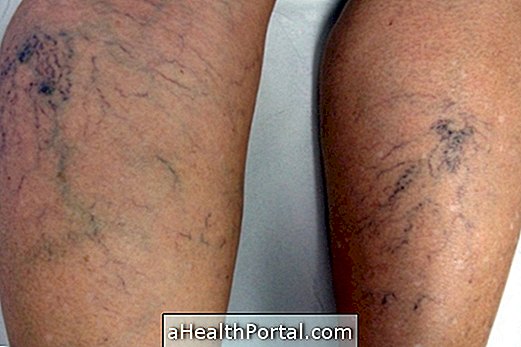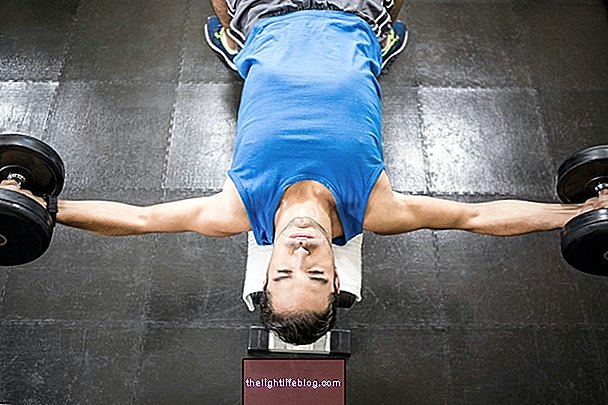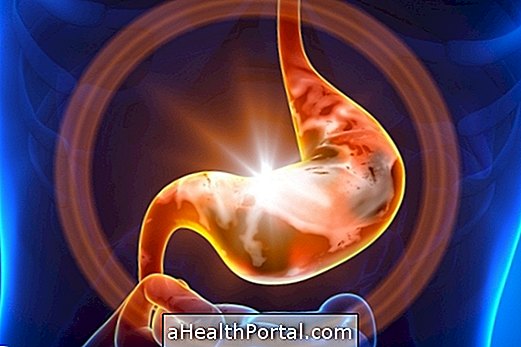Benign paroxysmal positional vertigo is the most common type of vertigo, especially in the elderly, and is characterized by the onset of dizziness at times such as getting out of bed, turning in bed during sleep or looking up quickly, for example.
In the vertigo small crystals of calcium that are present inside the inner ear become dispersed, floating, and are positioned in the wrong place, causing that feeling that the world is turning, causing imbalance. But the use of a special maneuver may be sufficient to permanently cure dizziness, by repositioning these crystals in their correct place, eliminating vertigo altogether.

How to recognize the symptoms
The symptoms are rotational vertigo, which is the dizziness and sensation of everything running around you, when performing fast movements such as:
- Get up from bed in the morning;
- Lying and turning in bed during sleep;
- Turn your head back, extending your neck to look up, and then look down;
- Standing, rotational dizziness may arise with sudden movements, which may even cause fall.
The feeling of dizziness is usually rapid and lasts less than 1 minute, but in some cases it can persist through several episodes for weeks or months, hampering everyday life and making daily tasks difficult.
Some people are able to identify which side the head rotates can trigger dizziness, but the diagnosis is made by the general practitioner, geriatrician or neurologist when performing dizzying maneuvers in the office, with no specific tests required.
What is the Treatment to Cure
Treatment should be indicated by the physician and usually includes physiotherapy, where specific maneuvers are performed to reposition the calcium crystals inside the inner ear.
The maneuver to be performed depends on the side where the inner ear is affected and whether the crystals have been positioned in the anterior, lateral or posterior semicircular canal. In 80% of the time the crystals remain in the posterior semicircular canal, and the Epley maneuver, which consists of extending the head backwards, followed by lateralization and rotation of the head, may be sufficient to cease vertigo immediately. Check out the step by step maneuver here.
The maneuver is performed only once, but sometimes it is necessary to repeat the treatment with this same maneuver 1 week or after 15 days. But performing this maneuver only once has a near 90% chance of curing this type of vertigo.
Medications are not always necessary, but your doctor may recommend labyrinthine sedatives, and rarely can surgery be indicated when there is no improvement in symptoms with maneuvers, exercise or medications, but this is risky because it may harm the ear.
Watch the following video and see the exercises that can help:
























